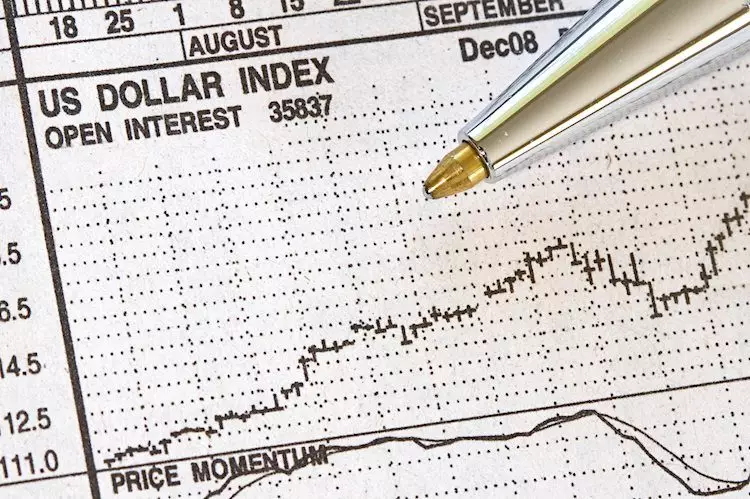The US Dollar faced a challenging week, dropping by 0.80% and reaching its lowest level since mid-June. Investors are closely watching the upcoming release of the June inflation figures and Federal Reserve talks. The market is currently pricing in less than a 10% probability of a rate cut in July and approximately 80% odds in September. This uncertainty is adding pressure to the value of the US Dollar, as signs of disinflation in the US economy are becoming more evident.
Fed Chair Jerome Powell’s statements, along with other Fed governors’ remarks, could have a significant impact on the US Dollar’s performance in the upcoming days. If they adopt a cautious tone and express concerns about the economic outlook, it might provide some support to the struggling currency. Despite the weak economic indicators, Fed officials are hesitant to commit to rate cuts, opting to remain data-dependent and urging patience from market participants. The key events of the week include Chairman Powell’s Semiannual Monetary Policy Report to Congress, various Fed members’ speeches, and the release of June’s inflation data.
After slipping below the 20-day Simple Moving Average (SMA) and declining by 0.80% last week, the technical outlook for the US Dollar has worsened. Both the Relative Strength Index (RSI) and the Moving Average Convergence Divergence (MACD) have entered negative territory, indicating further potential losses. However, the 104.70 zone, supported by the 200-day SMA, remains a critical level of support. If selling pressure persists, the 104.50 and 104.30 areas could serve as barriers to prevent additional declines in the USD’s value.
The US Dollar serves as the official currency of the United States and is widely adopted in many other countries where it circulates alongside local currencies. It is the most traded currency globally, representing over 88% of all foreign exchange transactions. The USD became the world’s reserve currency after the Second World War, replacing the British Pound. The value of the US Dollar is heavily influenced by monetary policy, primarily dictated by the Federal Reserve (Fed). The Fed aims to maintain price stability and promote full employment through interest rate adjustments. When inflation exceeds the Fed’s target of 2%, interest rates are raised to strengthen the USD. Conversely, lower rates are implemented if inflation falls below the target or unemployment rises, which can weaken the Greenback.
In times of economic distress, the Federal Reserve may resort to unconventional measures such as quantitative easing (QE). QE involves increasing the flow of credit in the financial system by purchasing government bonds. This action is taken to stimulate economic growth and combat credit shortages. However, QE typically leads to a devaluation of the US Dollar. On the other hand, quantitative tightening (QT) occurs when the Fed stops buying bonds, which can have a positive effect on the USD’s value. Inflation trends are monitored through the Consumer Price Index (CPI), which reflects changes in purchasing power and inflation rates. A high CPI reading is considered bullish for the US Dollar, while a low reading is viewed as bearish.
Overall, the US Dollar faces a challenging environment due to prevailing uncertainties in the market, potential changes in monetary policy, and economic indicators signaling disinflation. Investors must closely monitor key events, especially the Fed Chair’s statements, to gauge the future performance of the USD.


Leave a Reply